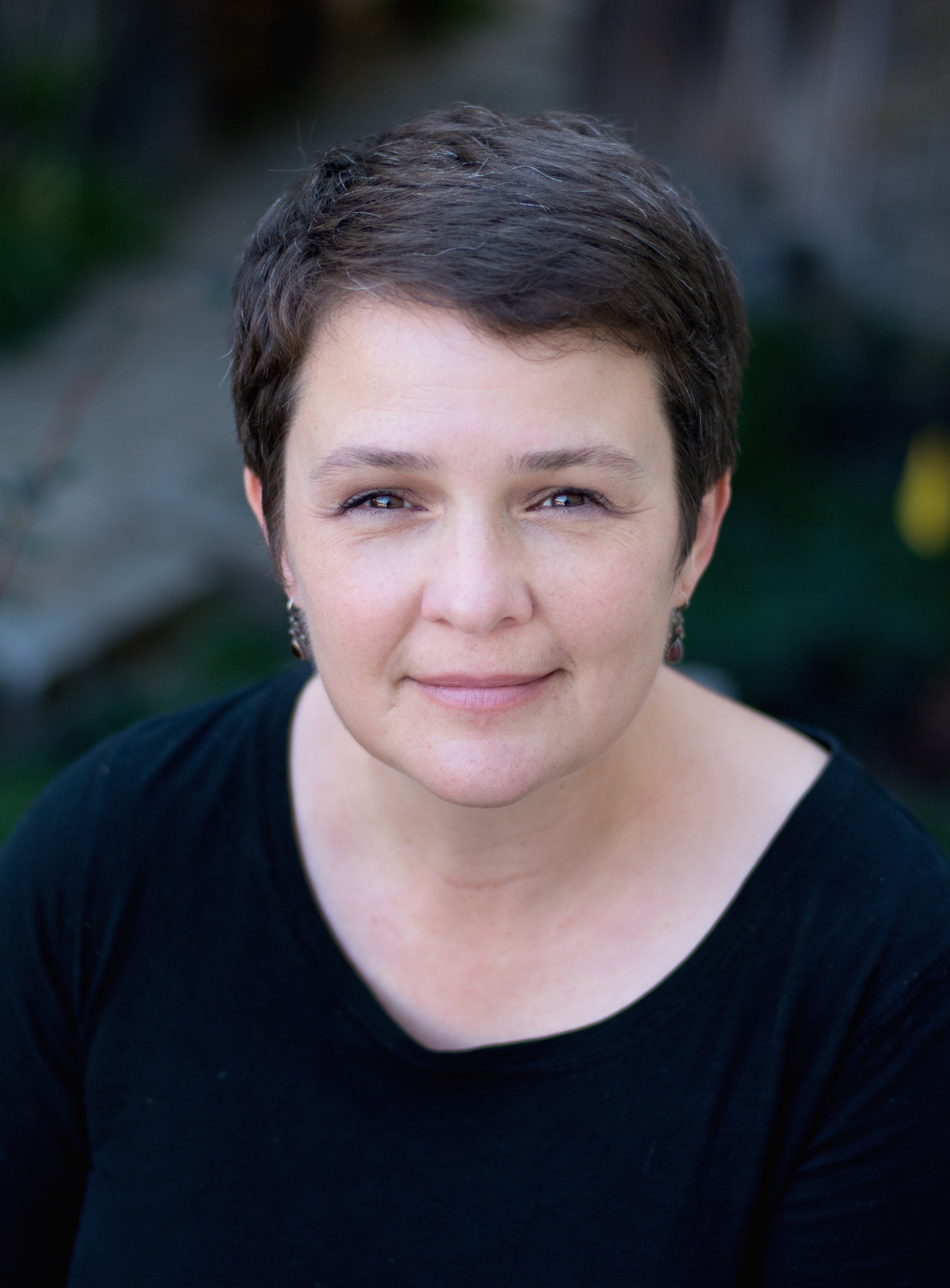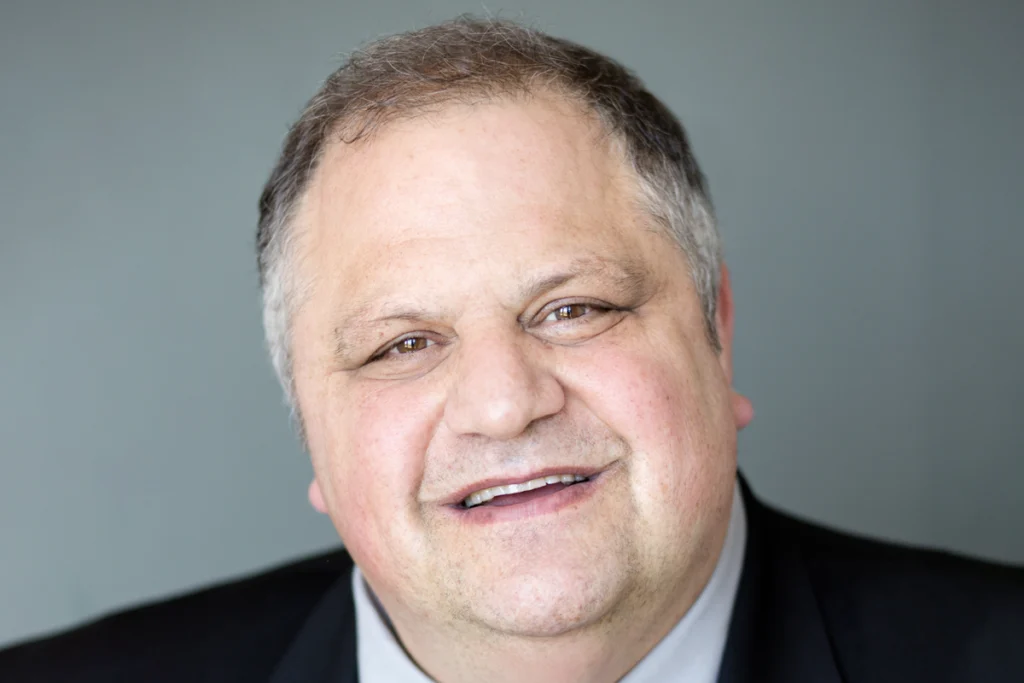Emily writes frequently about autism and related issues, and her work has appeared in print or online at Discover, New York Times, Slate, Washington Post, San Francisco Chronicle, and others. Emily has a B.A. in English with minors in German and History and a Ph.D. in biological sciences, both from The University of Texas at Austin. She also completed postdoctoral work at the University of California, San Francisco and has taught graduate and undergraduate biology for many years.

Emily Willingham
Science writer
Spectrum
From this contributor
The legacy of Steve Silberman and his book, ‘NeuroTribes’
The writer’s empathic storytelling changed how society—and researchers—view autistic people.

The legacy of Steve Silberman and his book, ‘NeuroTribes’
Spotted around the web: Week of 29 October 2018
Here is a roundup of news and research for the week of 29 October.
Spotted around the web: Week of 29 October 2018
Book Review: A mother finds reward in risk
In “The Boy Who Loved Too Much,” a woman tries to cocoon her son, who has Williams syndrome, from life’s insults but later realizes her protective instincts carry dangers of their own.

Book Review: A mother finds reward in risk
Spotted around the web: Week of 22 October 2018
Here is a roundup of news and research for the week of 22 October.
Spotted around the web: Week of 22 October 2018
Spotted around the web: Week of 15 October 2018
Here is a roundup of news and research for the week of 15 October.
Spotted around the web: Week of 15 October 2018
Explore more from The Transmitter
Mitochondrial ‘landscape’ shifts across human brain
Evolutionarily newer regions sport mitochondria with a higher capacity for energy production than older regions, according to the first detailed map of the organelles in a tissue slice, adding to mounting evidence that the brain features a metabolic gradient.

Mitochondrial ‘landscape’ shifts across human brain
Evolutionarily newer regions sport mitochondria with a higher capacity for energy production than older regions, according to the first detailed map of the organelles in a tissue slice, adding to mounting evidence that the brain features a metabolic gradient.
Expediting clinical trials for profound autism: Q&A with Matthew State
Aligning Research to Impact Autism, a new initiative funded by the Sergey Brin Family Foundation, wants to bring basic science discoveries to the clinic faster.

Expediting clinical trials for profound autism: Q&A with Matthew State
Aligning Research to Impact Autism, a new initiative funded by the Sergey Brin Family Foundation, wants to bring basic science discoveries to the clinic faster.
This paper changed my life: Shane Liddelow on two papers that upended astrocyte research
A game-changing cell culture method developed in Ben Barres’ lab completely transformed the way we study astrocytes and helped me build a career studying their reactive substates.

This paper changed my life: Shane Liddelow on two papers that upended astrocyte research
A game-changing cell culture method developed in Ben Barres’ lab completely transformed the way we study astrocytes and helped me build a career studying their reactive substates.